Nintendo has been a video game giant since the early 1980s. For about 15 years, big-budget Nintendo games cost $60. In fact, that was the standard game price across the industry. Meanwhile, Nintendo’s consoles are generally cheaper than most competing gaming systems, such as the Xbox and the PlayStation. Its consoles have never cost more than $300…until now.
At $450, the Switch 2 is Nintendo’s priciest console. And Mario Kart World is priced at $80 — the most expensive base game Nintendo has ever released. Some fans are outraged by the price increase. But some industry analysts say that it’s time for games to be more expensive, considering the rising costs of game development and inflation, among other factors.
So, why is Nintendo suddenly so expensive? And what does an $80 game mean for Nintendo and the entire video game industry?



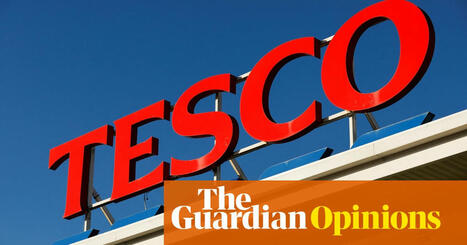


 Your new post is loading...
Your new post is loading...
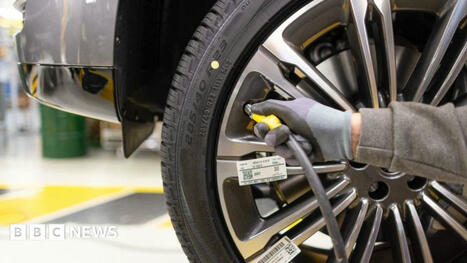

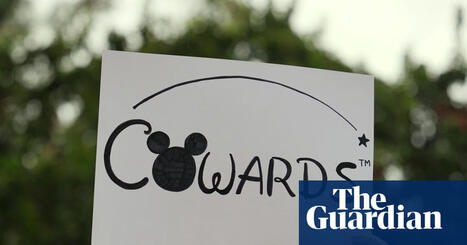


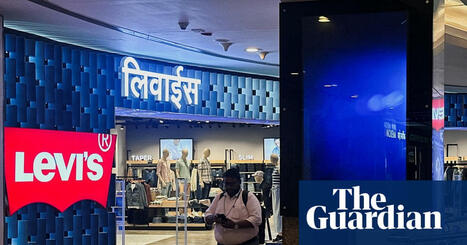
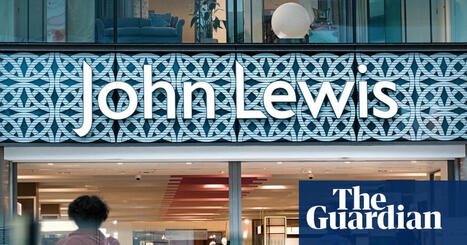

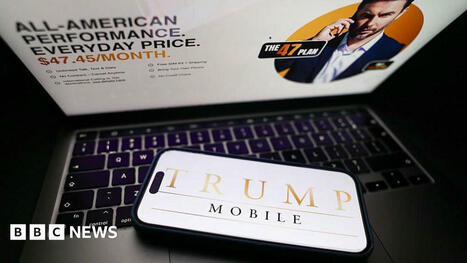


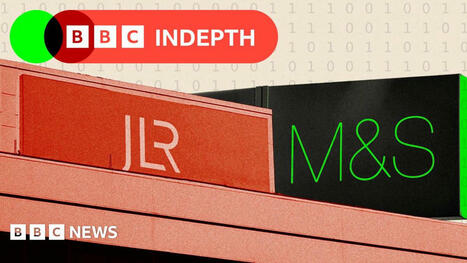



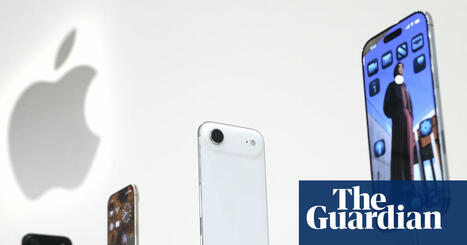
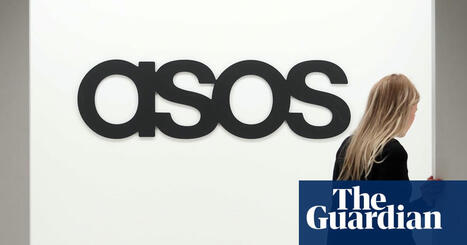


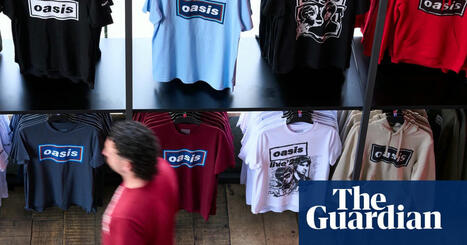
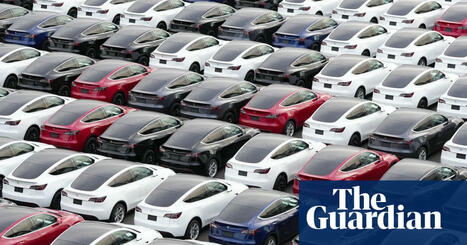






Nils Pratley wryly noted that Tesco has refocused itself in recent years. Whereas in the past 20 years it has adventured overseas - notably flopping in the US - and offered different products - from music streaming to tablets to coffee shops, today it's essentially a UK-based supermarket with a tiny central European offshoot and a bank on the point of being sold to Barclays.
And it is in this form that Nils Pratley asserts that it's in a strong position - its market share equals that of its two closest rivals - Sainsburys and Asda; it seems to have seen off the threat of the discounters via price matching and Clubcard offers; its merger with Booker has given it even greater purchasing power.
That said, for all its strength it's also worth noting that "£3bn-ish of operating profit equals a 4.3% margin on likely revenues of £70bn", so it's not earning an excessive Return on Capital Employed either.